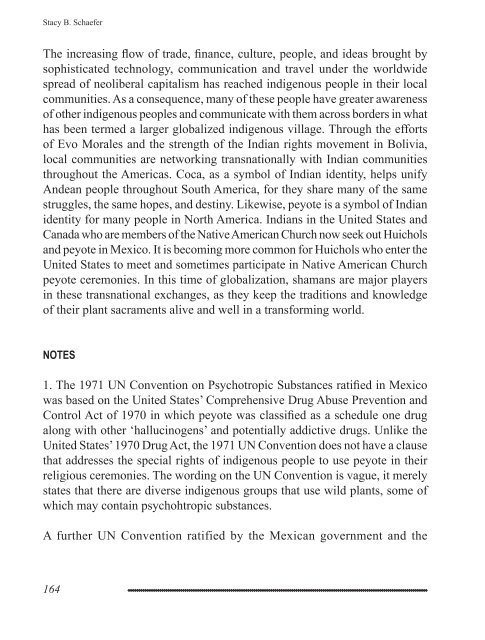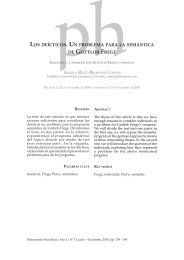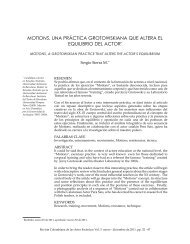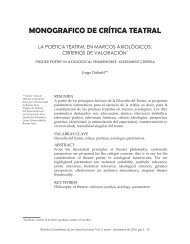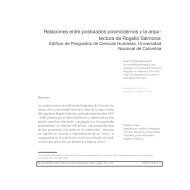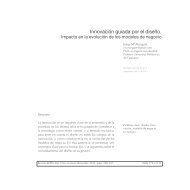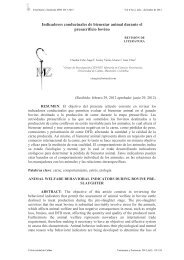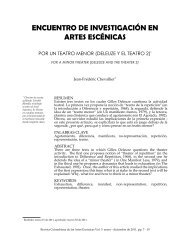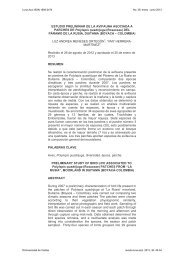shamans, peyote, and coca sacraments: a path
shamans, peyote, and coca sacraments: a path
shamans, peyote, and coca sacraments: a path
You also want an ePaper? Increase the reach of your titles
YUMPU automatically turns print PDFs into web optimized ePapers that Google loves.
Stacy B. Schaefer<br />
The increasing � ow of trade, � nance, culture, people, <strong>and</strong> ideas brought by<br />
sophisticated technology, communication <strong>and</strong> travel under the worldwide<br />
spread of neoliberal capitalism has reached indigenous people in their local<br />
communities. As a consequence, many of these people have greater awareness<br />
of other indigenous peoples <strong>and</strong> communicate with them across borders in what<br />
has been termed a larger globalized indigenous village. Through the efforts<br />
of Evo Morales <strong>and</strong> the strength of the Indian rights movement in Bolivia,<br />
local communities are networking transnationally with Indian communities<br />
throughout the Americas. Coca, as a symbol of Indian identity, helps unify<br />
Andean people throughout South America, for they share many of the same<br />
struggles, the same hopes, <strong>and</strong> destiny. Likewise, <strong>peyote</strong> is a symbol of Indian<br />
identity for many people in North America. Indians in the United States <strong>and</strong><br />
Canada who are members of the Native American Church now seek out Huichols<br />
<strong>and</strong> <strong>peyote</strong> in Mexico. It is becoming more common for Huichols who enter the<br />
United States to meet <strong>and</strong> sometimes participate in Native American Church<br />
<strong>peyote</strong> ceremonies. In this time of globalization, <strong>shamans</strong> are major players<br />
in these transnational exchanges, as they keep the traditions <strong>and</strong> knowledge<br />
of their plant <strong>sacraments</strong> alive <strong>and</strong> well in a transforming world.<br />
NOTES<br />
1. The 1971 UN Convention on Psychotropic Substances rati� ed in Mexico<br />
was based on the United States’ Comprehensive Drug Abuse Prevention <strong>and</strong><br />
Control Act of 1970 in which <strong>peyote</strong> was classi� ed as a schedule one drug<br />
along with other ‘hallucinogens’ <strong>and</strong> potentially addictive drugs. Unlike the<br />
United States’ 1970 Drug Act, the 1971 UN Convention does not have a clause<br />
that addresses the special rights of indigenous people to use <strong>peyote</strong> in their<br />
religious ceremonies. The wording on the UN Convention is vague, it merely<br />
states that there are diverse indigenous groups that use wild plants, some of<br />
which may contain psychohtropic substances.<br />
A further UN Convention ratified by the Mexican government <strong>and</strong> the<br />
164


